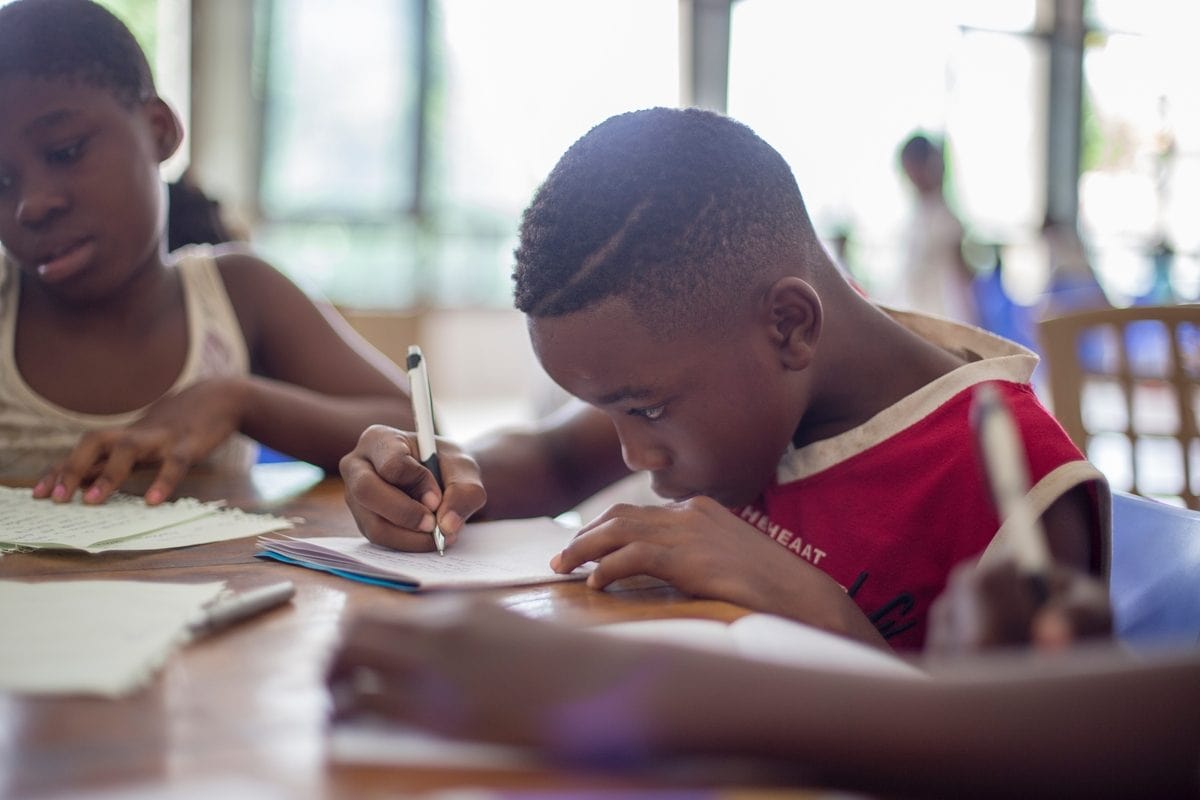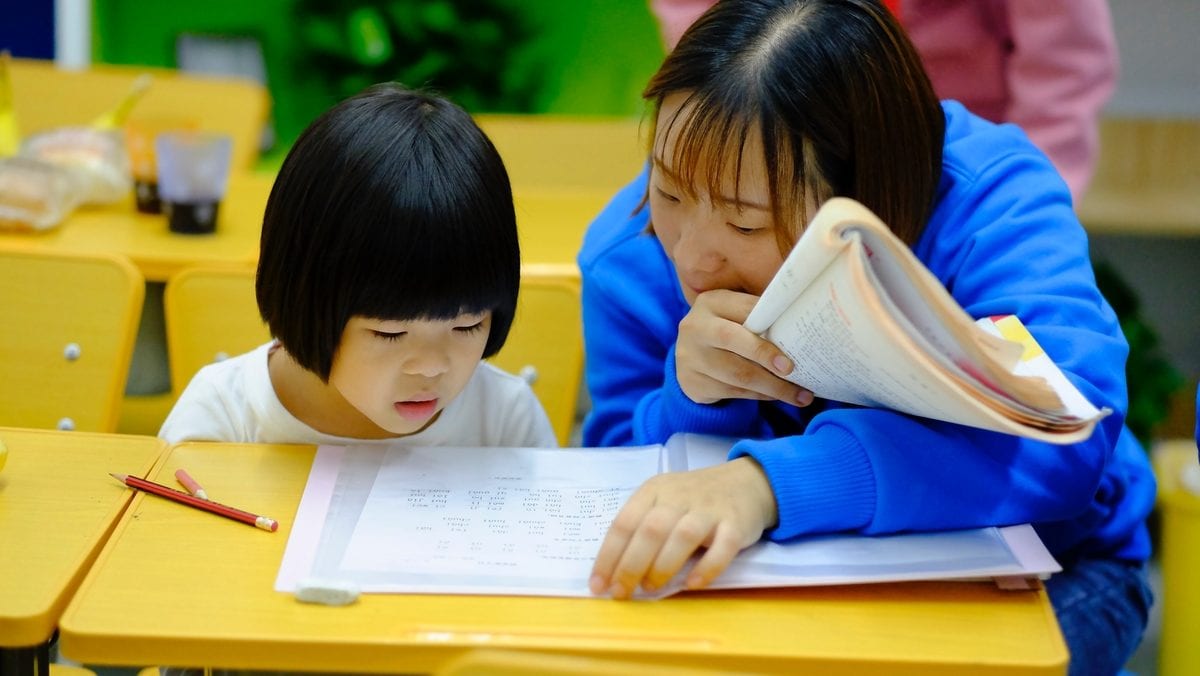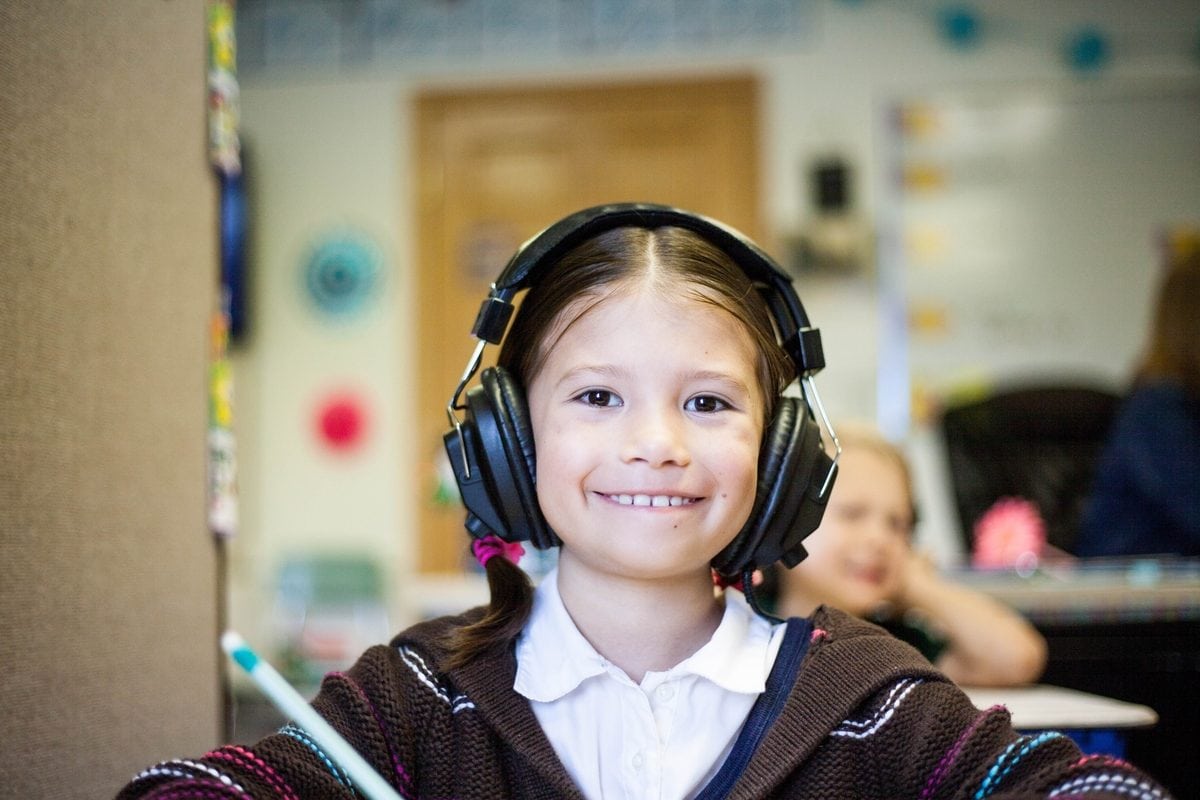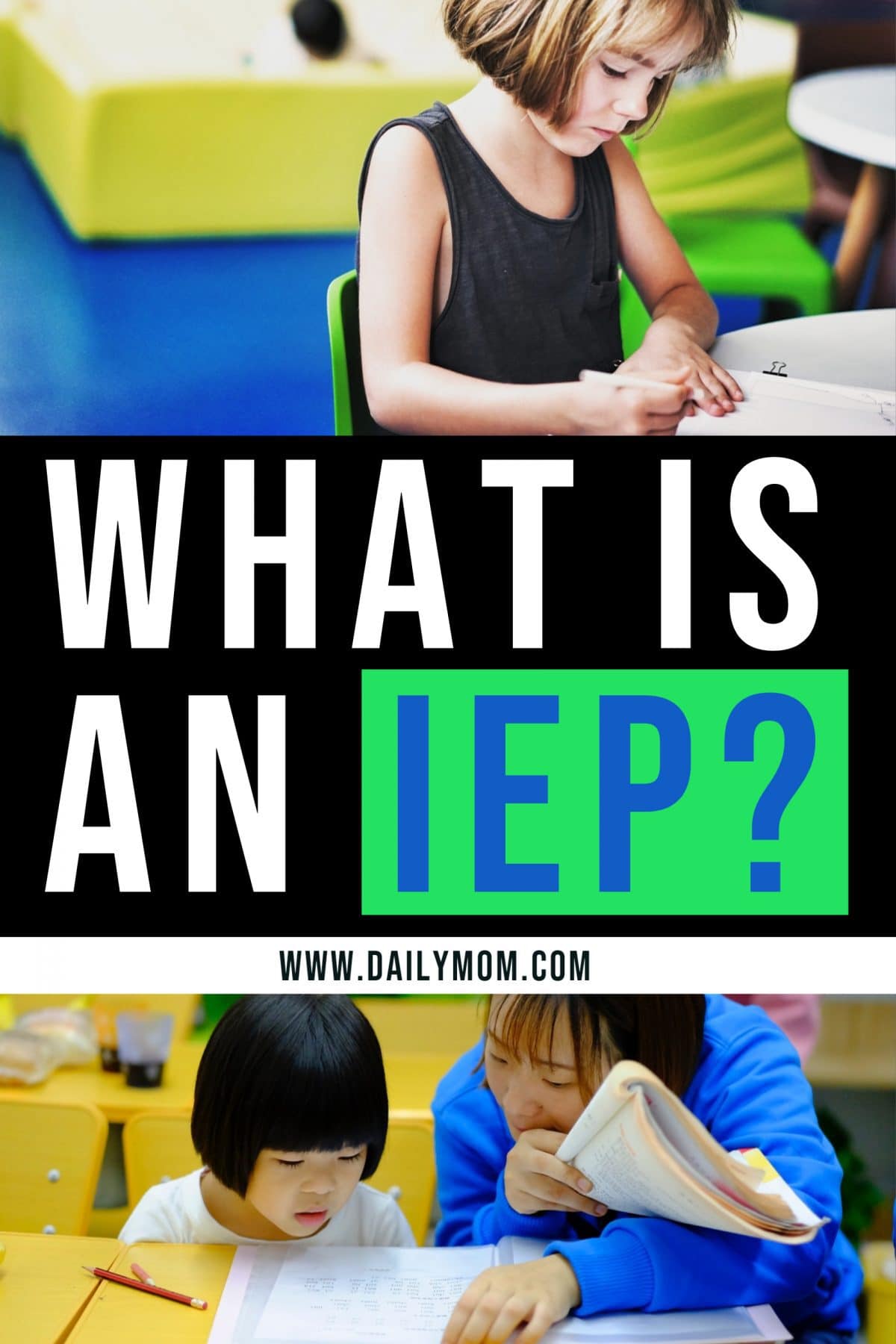In education there are dozens of acronyms that get thrown around by teachers and school personnel, so chances are if you have a school-aged child, you have heard the term IEP. But what is an IEP? There’s a lot to know, so here is a breakdown of the essential things to know about an IEP.
What is an IEP?
IEP stands for Individualized Education Plan. It is covered by law under the Individuals with Disabilities Education Act (IDEA). Through an IEP, students with disabilities that make it hard for them to learn are given special education support and services to help them succeed in school. Each student’s IEP is different and designed to best help that child meet individualized goals.

An IEP allows students to get instruction tailored to their individual needs. Some of the things that are set out in an IEP include the student’s present level of academic performance, the best environment for that student to learn, and appropriate accommodations to help the student learn.
Who is Eligible?
Students in public schools (that includes charter schools) are eligible for an IEP. Private schools are not covered by IDEA, so they are not required to maintain IEPs.
In order for a student to receive an IEP, they have to be evaluated for learning and attention issues. To have the school evaluate your child, there is a formal process that is followed. If your child shows the need, and the school agrees to move forward with an evaluation, your child will take a series of tests to assess their learning strengths and weaknesses. These tests will help determine why a student is struggling in school and if they are eligible for services.
What Happens Next?
If a student is determined to be eligible for special education services, the school will schedule an IEP meeting to establish the student’s IEP. There are a number of people who are required to attend this meeting – the student’s regular classroom teacher, a special education teacher, a school representative like the principal or assistant principal (referred to as the Local Education Agency or LEA representative), and the student’s legal guardians.
Older students who can understand and contribute to the meeting, like high school students, are also invited. At an initial IEP meeting, and sometimes throughout the life of the IEP if deemed necessary, a school psychologist or other specialist may also attend. This is the student’s IEP team.
At the initial IEP meeting, the team will discuss the student’s strengths and weaknesses. These do not have to be strictly academic. If your child is a great helper and works well in groups, that can be put in the strengths box. This part of the discussion will also include a lot of assessment results and where your student is and is not hitting academic benchmarks. This part of the IEP is super important. It helps determine the best environment and accommodations to help the student learn.
Next, the team will set goals and determine what interventions are best suited to help meet those goals. These goals are typically pretty specific and will be things like “be able to read 70 words with 95% accuracy on a third grade level text in four out of five opportunities.” The number of goals set is simply determined by that individual child’s needs.

In order to help the student meet those goals, the team has to decide what services will best help that student learn. IDEA outlines that special education students should be placed in the least restrictive environment. Basically, this means that students with disabilities are supposed to be in the same classroom as their non-disabled peers as much as possible, as appropriate.
If a student can stay in their regular classroom and receive modifications inside the classroom to help learning, then that’s the least restrictive environment for that student. Another student may do really well in their regular classroom most of the time, but need to be pulled out to work with a special education teacher on reading in what is called a resource classroom for a certain amount of time each day or a few times a week. Another student’s least restrictive environment might involve being in the regular classroom 50% of the time and in a resource classroom the other 50% of the time. It all depends on the needs of the student.
Then there are accommodations. Students with an IEP can receive classroom and testing accommodations for different subjects to help them meet the expectations of their grade level. Accommodations are set by the team based on the students needs. A student who has trouble reading may have someone read material out loud to them. Another student who has difficulty staying focused may have an accommodation that they must sit close to the board or the teacher. Testing accommodations might include things like having tests read aloud, or taking tests in a room with fewer than 10 students.
What about those Accommodations?

Accommodations are not lowered expectations. A student with accommodations is expected to learn the same material as the rest of the class. They are just able to learn or demonstrate the material in a different way or at a different pace. A student who has difficulty reading due to a learning disability would score poorly on a math test that involved word problems because she cannot read and understand the words, not because she doesn’t know how to solve the problem. Allowing that student to have someone read the word problems on a math test allows her to be assessed on her math ability rather than her reading ability. With that being said, this same student would be expected to read a passage on a reading assessment.
After the initial IEP is set, the team is required to meet annually to review the student’s progress and current level of performance, and to update the student’s goals and accommodations as appropriate. Hopefully the team will see improvement, but if not, that may be a sign that the previous goals were set too high or that the accommodations were not helpful enough.
What is an IEP, really? It’s a lifeline for kids who struggle in school no matter what they do on their own. These kids can be successful if they have the right supports in place. Thankfully, IDEA gives them the chance to have a meaningful education like their classmates.
WANT TO READ MORE?
For more on what to expect once your child starts school check out our School section.

Sources: Learning About IEPs, Key Terms to Know in Special Education








































